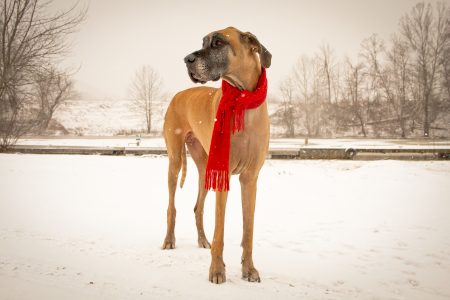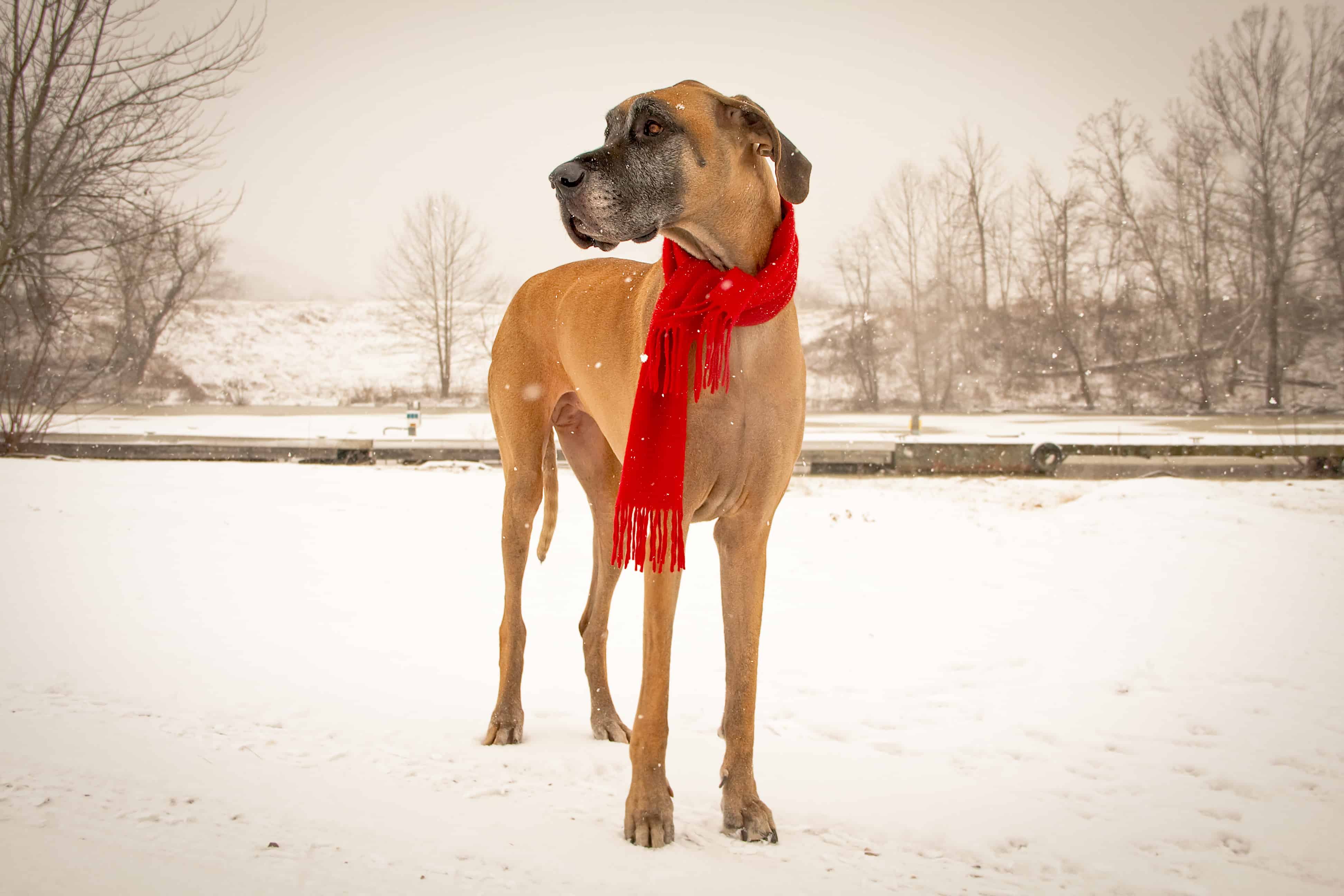
What are bones?
Bones provide rigid structure to the body and shield internal organs from damage. They also house bone marrow, where blood cells are formed, and they maintain the body’s reservoirs of calcium and phosphorus. Old bone tissue is constantly replaced with new bone tissue in a process called remodeling. This helps keep the bones healthy.
What are Joints?
Bones come together to form joints. The type of joint formed determines the degree and direction of motion. For example, joints with a ball-and-socket formation allow for rotation, while hinge joints only allow bending and straightening. Some joints do not move at all. In a joint, the ends of the bones are covered with cartilage, which is a smooth protective tissue that helps reduce friction as joints move.
What are Muscles?
There are a few different types of muscles in the body. The heart is made of a unique muscle type called cardiac muscle. Smooth muscle helps facilitate many processes in the body, such as the flow of blood (by surrounding arteries) and the movement of food along the digestive tract. Skeletal muscles are responsible for posture and movement. They are attached to bones and arranged around the joints. Skeletal muscles and bones together make up the musculoskeletal system.
Though many people don’t give it much thought, it’s important to keep your pet’s bones, joints and muscles strong and resilient throughout his life. This month we will be discussing what you can do to help keep these components healthy and the possible risks of damage to these components if not cared for.
